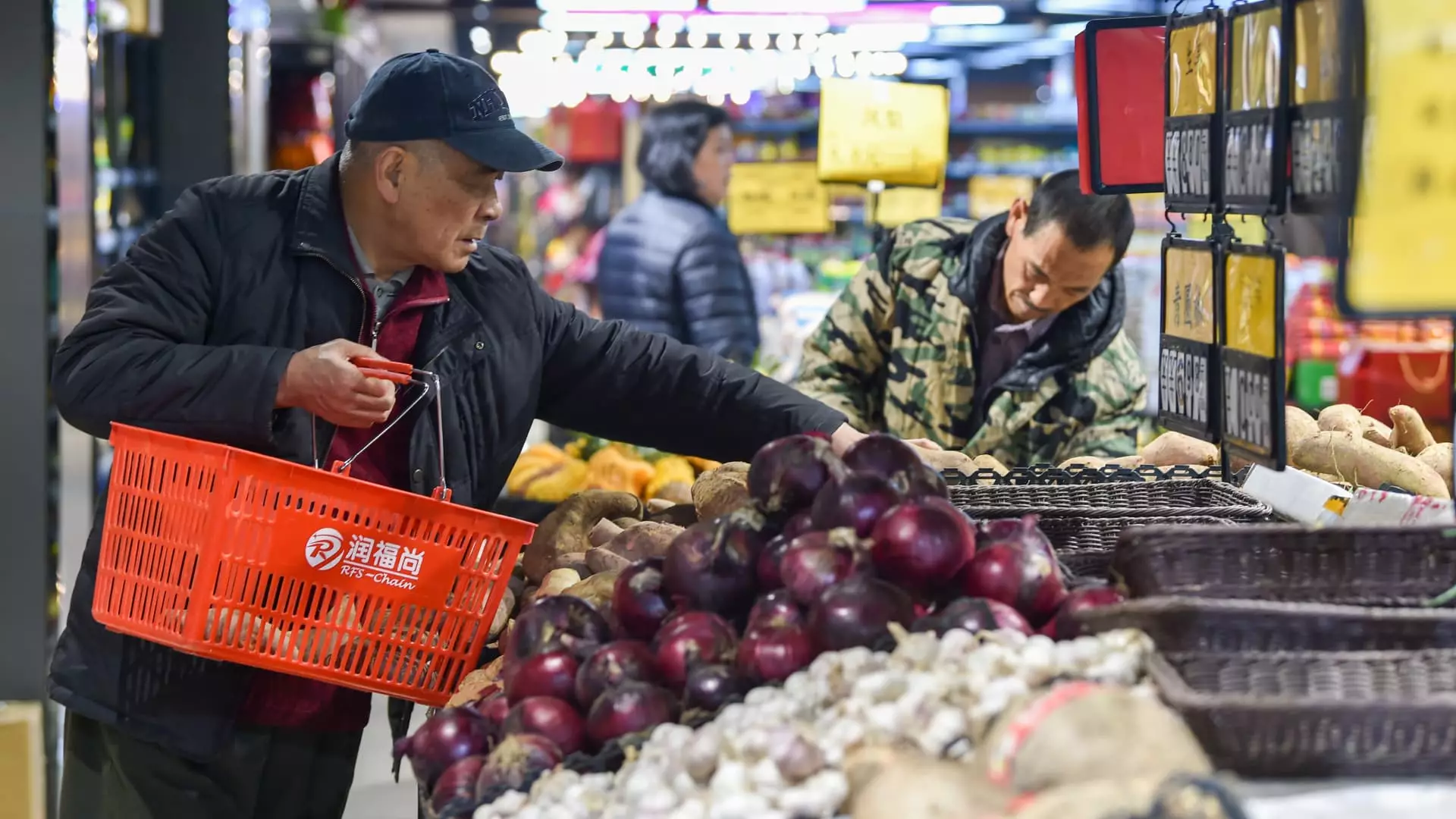In April, China saw a rise in consumer prices for the third consecutive month. This increase, coupled with a decline in producer prices, indicates a positive shift in domestic demand within the country. The data from the National Bureau of Statistics revealed that consumer prices edged up by 0.3% in April compared to the previous year. This growth was higher than expected, with a Reuters poll forecasting an increase of only 0.2%. Xu Tianchen, a senior economist at the Economist Intelligence Unit, noted that excluding food and energy prices, there was a notable increase in core inflation, reaching 0.7% in April. This growth suggests a resurgence in demand, particularly in the services sector.
Despite the positive trend in consumer prices, Beijing continues to face challenges in stabilizing the economy. While policy support measures implemented in recent months have boosted consumer confidence, there are concerns about the sustainability of this momentum. Official surveys indicate a cooling of both factory and services activity, signaling a need for additional policy support. Municipal debt amounting to $13 trillion poses a significant challenge, leading to delays in state-funded infrastructure projects as directed by the State Council. The housing crisis remains unresolved, further underscoring the need for comprehensive policy measures.
According to Zhou Maohua, a macroeconomic researcher at China Everbright Bank, the data on prices indicates a recovery in domestic demand. While there is cautious optimism regarding future price recovery, consumer prices remain relatively low. The industrial manufacturing sector continues to face pressure, reflecting inadequate effective demand and an unbalanced sectoral recovery. Producer prices dropped by 2.5% in April compared to the previous year, extending a period of continuous declines. The central bank’s commitment to flexible and effective monetary policies aims to promote a moderate recovery in consumer prices, thereby consolidating economic growth.
The Politburo’s assertion of the insufficiency of effective demand underscores the necessity for sustained policy support to drive economic growth. The use of policy tools such as banks’ reserve requirement ratio and interest rates is crucial in propelling growth in the coming years. Bruce Pang, chief economist at Jones Lang LaSalle, emphasizes the importance of managing expectations and creating consumption scenarios to leverage the current momentum. Achieving China’s economic growth target of approximately 5% by 2024 will require substantial policy support, given the challenges posed by insufficient effective demand and ongoing economic pressures.
While the recent uptick in consumer prices is a positive sign for China’s economy, the challenges faced by Beijing in addressing domestic demand and price stability remain significant. Sustainable policy measures, coupled with effective management of debt and infrastructure issues, will be essential in navigating the path towards economic recovery and growth in the years to come.

Leave a Reply